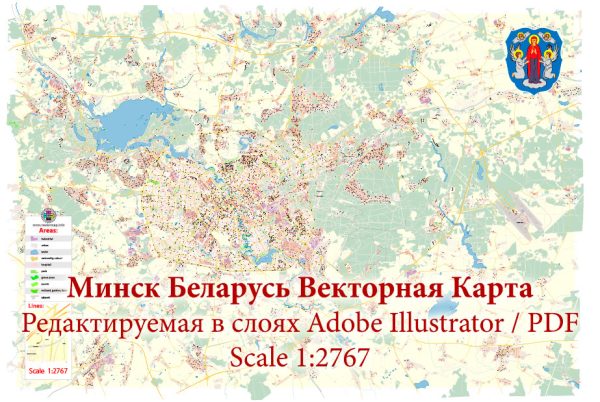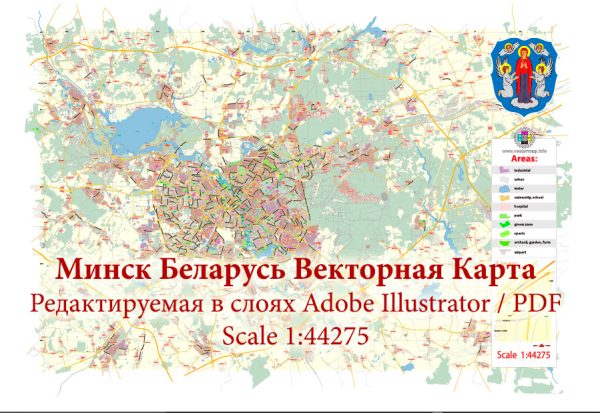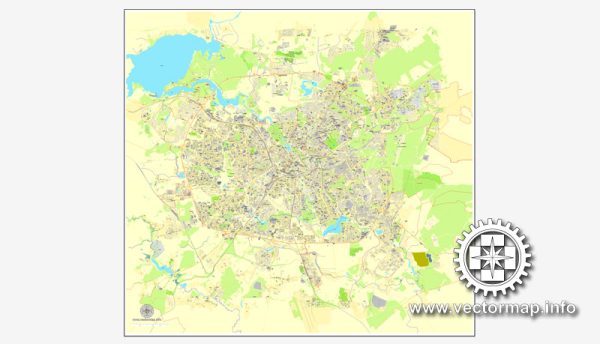Minsk, the capital and largest city of Belarus, has a rich history of urban development that spans centuries. Here’s an overview of key points in Minsk’s history:
- Early Settlements:
- Minsk’s history dates back to the 9th century when it was a small settlement on the banks of the Svislach River. It was part of the Principality of Polotsk.
- Grand Duchy of Lithuania:
- In the 14th century, Minsk became a part of the Grand Duchy of Lithuania. It grew as a trade and craft center due to its strategic location on the crossroads of important trade routes.
- Polish-Lithuanian Commonwealth:
- Minsk became part of the Polish-Lithuanian Commonwealth in the 16th century. The city continued to thrive as a commercial and cultural hub.
- Russian Empire:
- In the late 18th century, following the partitions of Poland, Minsk became part of the Russian Empire. The city underwent significant changes during this period, with the construction of new administrative buildings and the establishment of educational institutions.
- World War I and the Interwar Period:
- Minsk experienced considerable destruction during World War I and went through a turbulent period in the aftermath of the Russian Revolution and the subsequent Polish-Soviet War. The city was part of the short-lived Belarusian People’s Republic before being incorporated into the Soviet Union.
- World War II:
- Minsk suffered greatly during World War II, especially during the German occupation. The city was almost completely destroyed, and a large portion of the population was killed. The Minsk Ghetto, where the Nazis confined the Jewish population, was a tragic chapter in this period.
- Soviet Era:
- After the war, Minsk was rebuilt as a showcase Soviet city. The architecture reflected the Stalinist style, characterized by monumental buildings, wide avenues, and neoclassical influences. The city became an important industrial and cultural center in the Belarusian SSR.
- Post-Soviet Independence:
- With the dissolution of the Soviet Union in 1991, Belarus gained independence. Minsk continued to evolve, with some changes in urban planning and architecture. The city has seen the development of modern infrastructure alongside efforts to preserve historical landmarks.
- Contemporary Minsk:
- Today, Minsk is a modern European capital with a mix of Soviet-era architecture, green spaces, and contemporary buildings. The city has embraced modern urban planning principles, with a focus on sustainable development and improving the quality of life for its residents.
Minsk’s history reflects the complex geopolitical shifts in Eastern Europe over the centuries, and its urban development has been shaped by various cultural, political, and economic influences.




 Author: Kirill Shrayber, Ph.D.
Author: Kirill Shrayber, Ph.D.